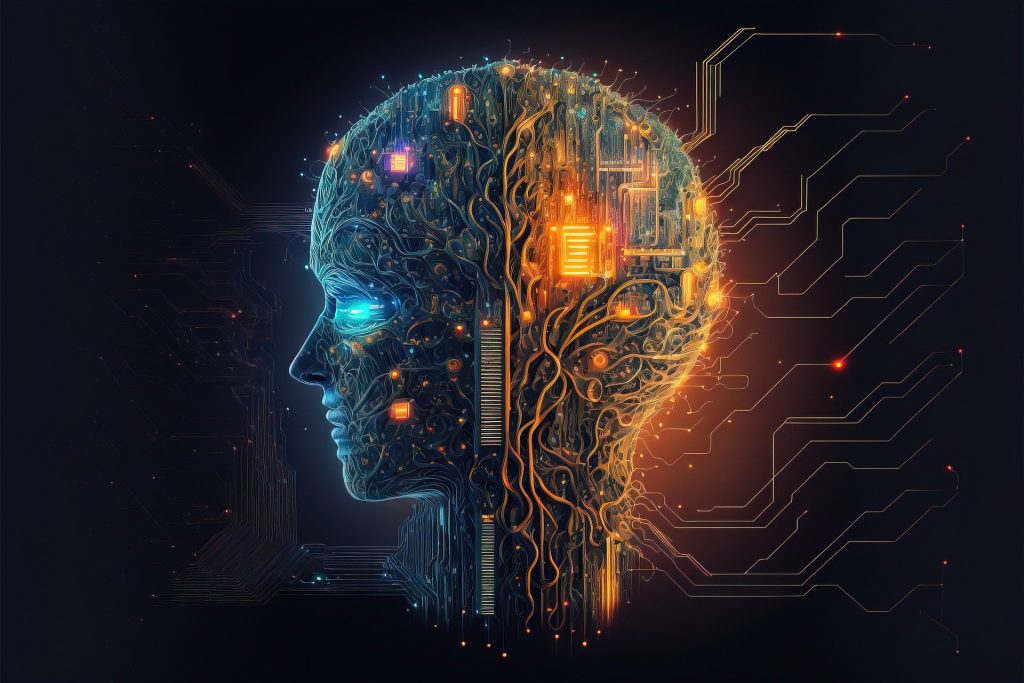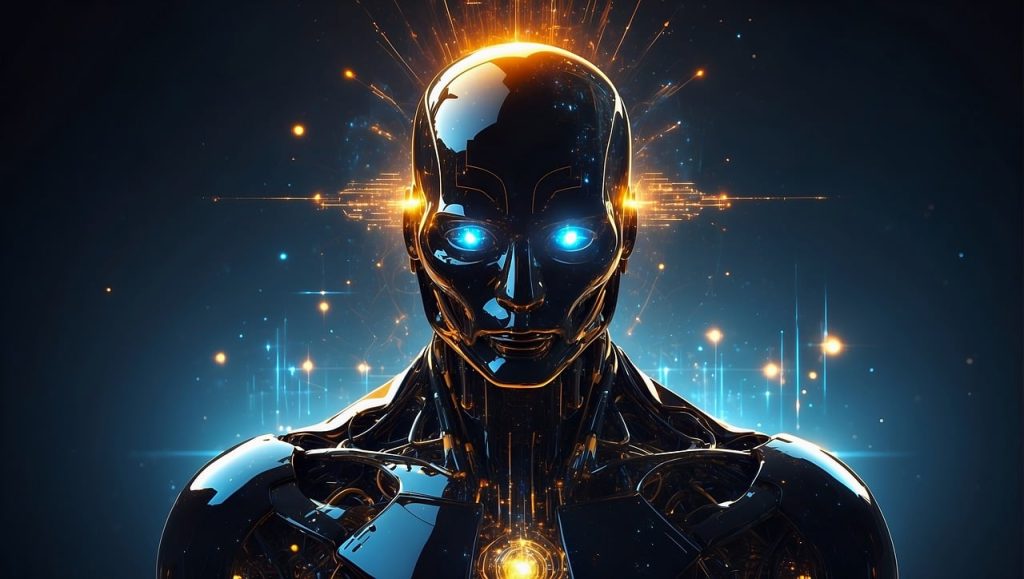The Evolution of Conversational AI: From Chatbots to Personal Assistants
In the last decade, conversational AI has transformed from a novelty to an essential tool in our everyday lives. From simple text-based chatbots to sophisticated AI personal assistants, the evolution of this technology reflects the growing need for more seamless, human-like interactions with machines. Let’s explore the fascinating journey of conversational AI, from its humble beginnings to the advanced, intuitive systems we rely on today.
The Early Days: Rule-Based Chatbots
The history of conversational AI begins with rule-based chatbots. These early systems, such as ELIZA (created in the 1960s), relied on pre-programmed responses and followed simple scripts. ELIZA, for instance, mimicked a psychotherapist by turning users’ input into questions. However, it lacked true understanding and could not carry on meaningful conversations.
These early chatbots operated on a straightforward if-this-then-that (IFTTT) logic. They could respond to a limited set of inputs but struggled to understand the context or handle unpredictable conversations. While they offered a glimpse into the potential of AI-powered communication, their capabilities were far from what we expect today.
The Rise of Machine Learning and Natural Language Processing (NLP)
The turning point in conversational AI came with the development of machine learning (ML) and natural language processing (NLP) technologies. These innovations enabled AI systems to move beyond rigid, rule-based scripts and begin understanding language in a more sophisticated way.
NLP allows AI to grasp not only the literal meaning of words but also the context, nuances, and intent behind them. This opened up a new world of possibilities, leading to chatbots that could engage in more natural, flowing conversations.
Machine learning algorithms, in particular, allowed chatbots to learn from vast datasets, improving their ability to predict the right responses over time. This era marked the beginning of AI systems that could adapt, improve, and understand users on a deeper level.
The Introduction of AI Assistants: Siri, Alexa, and Google Assistant
With the integration of NLP and ML, the next leap in conversational AI came in the form of virtual personal assistants. Apple’s Siri, launched in 2011, was one of the first widely used AI personal assistants, followed by Amazon’s Alexa and Google Assistant. These assistants revolutionized the way we interact with technology by offering voice-activated, hands-free control of devices and services.
These AI assistants are far more advanced than early chatbots. They don’t just respond to questions; they understand user preferences, offer personalized recommendations, and even predict what you might need based on past interactions. They can control smart home devices, play music, manage schedules, and much more—creating a new level of convenience for users.
The Role of AI in Business: Customer Service Chatbots
While AI personal assistants made their mark on consumer markets, customer service chatbots emerged as a game-changer in the business world. Companies began adopting conversational AI to provide 24/7 customer support, reduce wait times, and improve user experiences.
Unlike early chatbots, these AI systems are capable of handling a wide range of customer queries, understanding the tone and urgency of messages, and escalating issues when necessary. They use machine learning to get better over time, offering more accurate responses and learning from customer interactions.
Many businesses today rely on AI-powered chatbots to manage customer interactions, reducing the burden on human agents and providing faster, more efficient service.
The Present: AI with Emotional Intelligence and Advanced Capabilities
Today, conversational AI is becoming even more sophisticated, with the introduction of AI systems that can understand emotional cues. Some advanced AI models can detect tone, sentiment, and even stress in a user’s voice or text. This level of emotional intelligence allows AI to respond in ways that feel more empathetic and human.
Furthermore, conversational AI is now being integrated with other AI technologies, such as computer vision and predictive analytics, to create more comprehensive systems. For instance, AI assistants can now help with visual tasks, like identifying objects or reading text from images, expanding their utility beyond just conversations.
The Future: AI that Understands and Predicts
The future of conversational AI looks incredibly promising. We’re moving toward AI systems that will be able to engage in more complex, meaningful dialogues—systems that can not only respond to requests but anticipate needs before users even ask. Imagine an AI that understands your daily routine, predicts what you might want, and proactively assists with tasks without needing to be prompted.
Additionally, multimodal AI is emerging, where AI systems can interact through multiple channels, such as voice, text, and even gestures or facial expressions. This will create even more seamless and intuitive user experiences.
As AI continues to improve, the line between human and machine interactions will blur even further, making AI personal assistants not just tools, but genuine companions in both our personal and professional lives.
Conclusion
From the rudimentary rule-based chatbots of the past to the intelligent, adaptive personal assistants we rely on today, conversational AI has come a long way. With advancements in machine learning, natural language processing, and emotional intelligence, the future of AI-powered communication holds incredible potential. As this technology continues to evolve, it will play an even greater role in how we interact with the world around us—making life more convenient, personalized, and efficient.
Whether it’s helping us manage our daily lives or providing top-notch customer service, conversational AI is set to become an integral part of our future.



